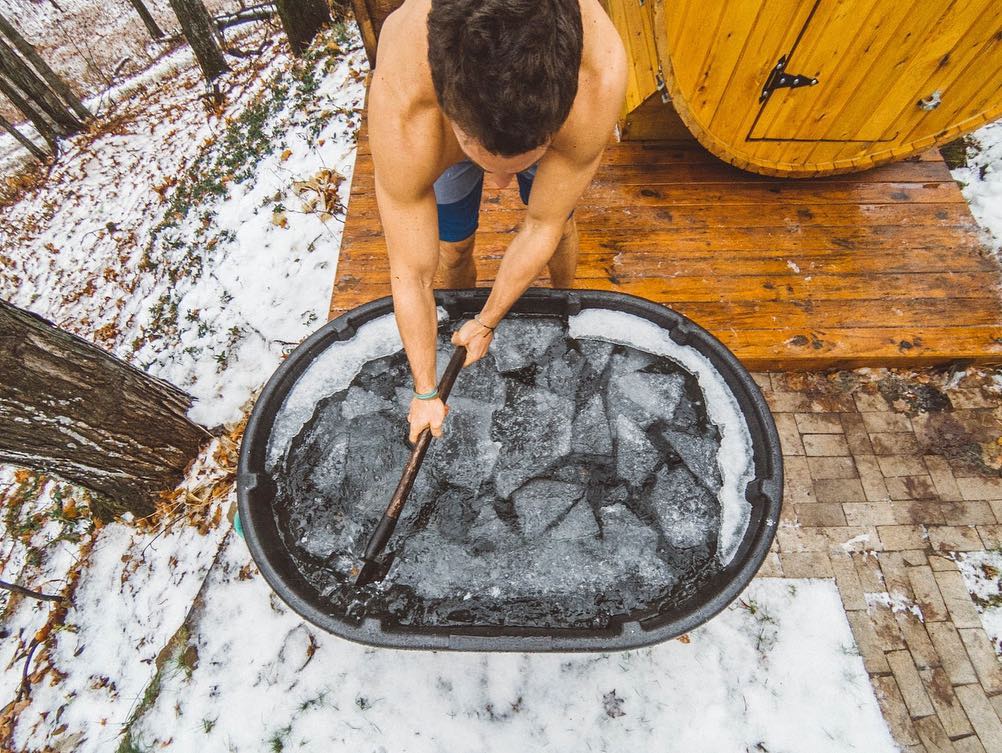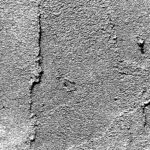After intense workouts, recovery is crucial for maintaining muscle health, enhancing performance, and overall fitness. While ice baths have traditionally been used to help reduce soreness, they are not the only solution. Many effective ice bath alternatives provide similar benefits without the discomfort of cold immersion. Exploring these methods allows athletes and fitness enthusiasts to recover efficiently and consistently. Choosing the right approach depends on personal preference, the type of exercise performed, and individual recovery needs. Incorporating these strategies can help maintain training intensity, reduce muscle fatigue, and prevent injuries in the long term.
Active Recovery
Light physical activity promotes blood flow and reduces soreness. Engaging in low-intensity activities, such as walking, swimming, or cycling, encourages circulation and helps clear lactic acid from the muscles. This approach prevents stiffness while keeping muscles active without overloading them. Experts recommend 20–30 minutes of active recovery within 24 hours after a strenuous session. Adding gentle dynamic stretches during or after these sessions further supports flexibility and reduces tension. Active recovery also benefits mental focus, helping athletes maintain a consistent training schedule.
Compression Therapy
Compression garments support circulation and reduce inflammation. Wearing compression socks, sleeves, or shorts helps improve blood flow and reduce swelling in overworked muscles. This approach enhances nutrient delivery to muscles and speeds the removal of waste products. Ice Bath Alternatives Compression gear is handy during long periods of inactivity, travel, or between training sessions. Athletes can use garments for several hours post-exercise or during light recovery activities. This method complements other recovery strategies, such as stretching and light movement.
Epsom Salt Baths
Warm Epsom salt baths relax muscles and alleviate tension. Soaking in warm water with Epsom salts provides a soothing recovery option. Magnesium in the salts may help muscles relax and decrease soreness after intensive workouts. Warm baths also improve blood circulation, helping to transport nutrients to fatigued muscles. To avoid additional inflammation, ensure the water is comfortably warm rather than excessively hot. Regular Epsom salt baths, combined with hydration and rest, can enhance recovery efficiency over time.
Foam Rolling and Massage
Targeted pressure relieves muscle tightness and improves mobility. Using a foam roller or massage ball helps release knots and tension in sore muscles. Rolling each area for 30–60 seconds can reduce stiffness and improve flexibility. Combining foam rolling with gentle stretching improves range of motion and supports injury prevention. Massage therapy, whether self-administered or professional, complements other recovery strategies, making it easier to maintain consistent training intensity.
Sleep and Hydration
Adequate rest and hydration are vital for recovery. Sleep allows muscles to repair, adapt, and grow after training. Aim for 7–9 hours of quality sleep nightly. Hydration supports nutrient transport, waste removal, and overall muscle function. Drinking water consistently throughout the day prevents cramps and fatigue. Together, proper rest and hydration form the foundation of effective post-workout recovery.
Conclusion
Recovery after exercise does not require ice baths. Implementing active recovery, compression therapy, Epsom salt baths, foam rolling, and prioritizing sleep and hydration can help ensure faster muscle recovery. These ice bath alternatives enable individuals to tailor their recovery routines to their specific needs while maintaining consistent performance. By integrating these strategies into daily fitness practices, athletes can reduce soreness, enhance endurance, and continue training effectively without relying on uncomfortable cold immersions.



